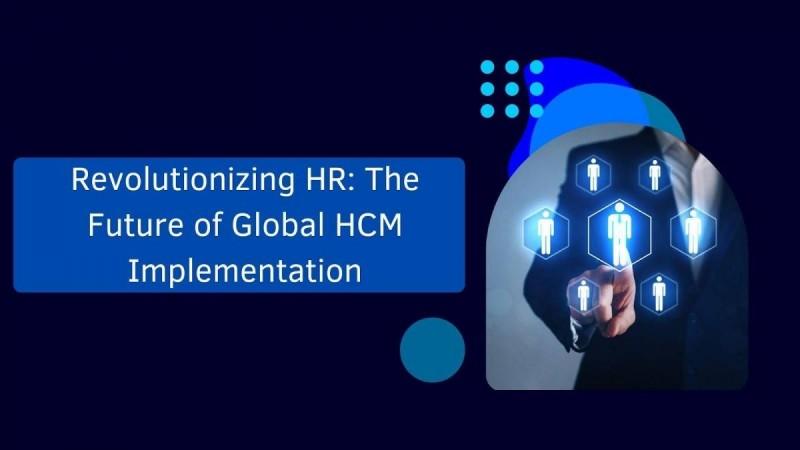
In the digital era, HR operations are transforming workforce management for greater efficiency and adaptability. Swetha Priya Sathiyam, an expert in HR technology, outlines a strategic framework for deploying global Human Capital Management (HCM) systems. Her insights focus on governance optimization, data security, and seamless enterprise integration. With AI-driven automation, predictive analytics, and cloud-based solutions shaping HR, her approach offers a roadmap to navigating modern challenges and maximizing the potential of advanced HR technology solutions.
The Strategic Foundation of HCM Deployment
A successful global HCM implementation starts with a well-defined business case. Organizations that strategically plan their HR transformation initiatives report a 42% increase in operational efficiency and a 31% boost in employee satisfaction. A structured governance model, balancing local and global interests, accelerates implementation timelines by 34% while reducing budget overruns by 28%.
Leveraging Cloud Technology for Scalable HR Solutions
The shift towards cloud-native HCM solutions is accelerating, with 82% of large enterprises prioritizing Software-as-a-Service (SaaS) platforms. A well-architected cloud solution must support multi-tenant environments while maintaining high security and data segregation. Microservices-based architectures enhance scalability by 60% and reduce maintenance overhead by 45%.
Integration and Data Orchestration: Ensuring Seamless Functionality
Modern HCM systems integrate with an average of seven core enterprise applications, including payroll and talent management systems. Standardized integration frameworks help reduce development time by 55%, while API-first strategies lower the total cost of ownership by 40%. Real-time data synchronization further ensures sub-second data availability for critical processes, enhancing decision-making capabilities.
Strengthening Security and Compliance in HR Systems
Security and regulatory compliance are paramount in global HCM deployments, with organizations allocating 28% of their budgets to cybersecurity measures. Robust identity and access management frameworks, featuring role-based security, reduce security-related incidents by 70%. Companies that implement comprehensive security measures from the outset achieve compliance certification 40% faster than those that do so retrospectively.
Optimizing Data Migration and Management for Future-Ready HR
Organizations investing in cloud-based HCM solutions experience a 34% improvement in data accuracy and a 28% reduction in duplicate records. Automated data integration tools cut preparation time by 65%, allowing businesses to focus on strategic HR initiatives. A well-structured compliance framework ensures adherence to evolving data privacy regulations while reducing audit preparation time by 70%.
Implementing a Phased Rollout Strategy for Minimal Disruption
A structured deployment approach ensures uninterrupted business operations, with best practices maintaining 99.9% system availability during working hours. Tiered support structures reduce critical incidents by 43% and enable a smooth transition to steady-state operations. API efficiency, with an optimal response threshold, ensures seamless system performance across various HR functions.
Enhancing User Adoption Through Effective Change Management
Strategic change management frameworks increase the likelihood of project success by 6.8 times. Organizations that allocate 12% of their project budgets to training experience a 52% reduction in post-implementation help desk tickets. Role-based training and interactive learning resources improve user adoption rates by 47%, ensuring long-term system sustainability.
Continuous Optimization for Long-Term Success
AI-driven automation in HCM systems enhances workforce management, reducing manual processing time by 65%. Organizations leveraging machine learning for talent acquisition report a 42% improvement in hiring efficiency. A structured performance monitoring framework maintains 99.9% system availability while improving HR compliance accuracy by 40%.
In conclusion, the future of HR technology lies in the seamless integration of AI, cloud computing, and data-driven insights to enhance workforce management. By adopting a strategic, secure, and user-centric approach, organizations can maximize the value of their HCM investments. Swetha Priya Sathiyam's research underscores the importance of continuous innovation in building a scalable, compliant, and efficient HR ecosystem that meets the evolving demands of the global workforce.

















